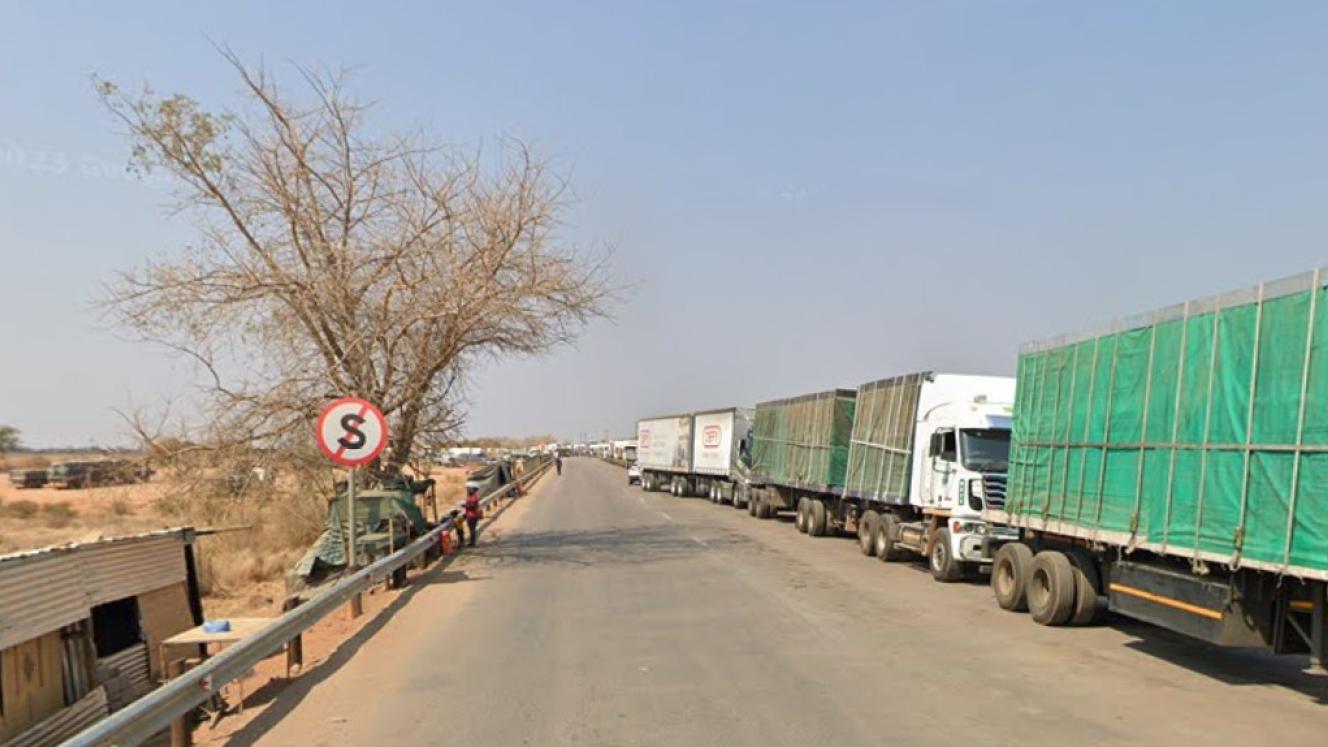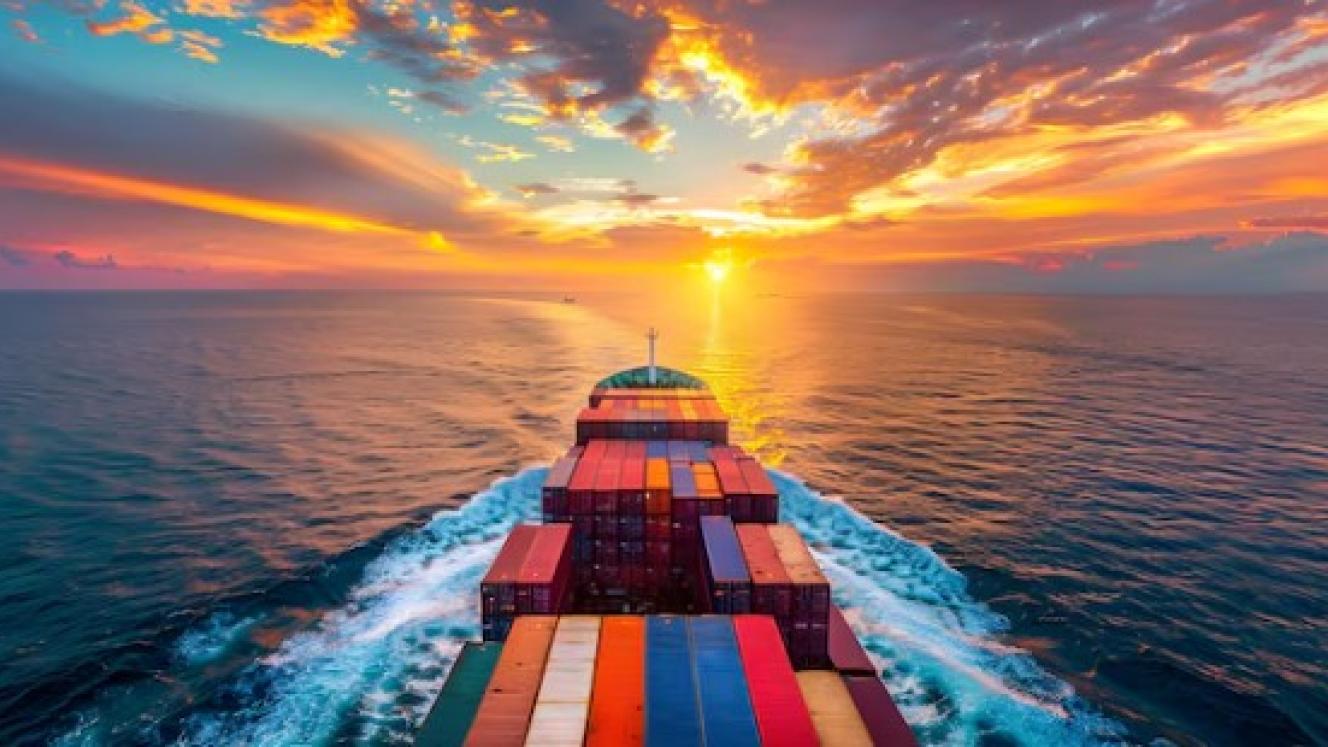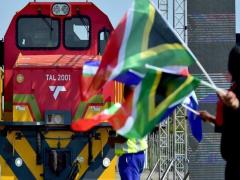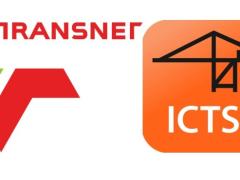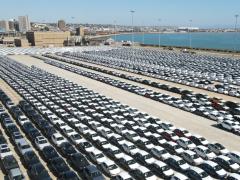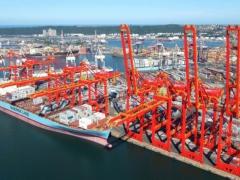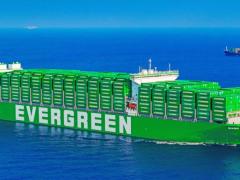In a perfect world, the Limpopo River crossing on the N11 between South Africa and Botswana would work like clockwork, 24/7, 52 weeks straight, year in year out, as long as trade revenue could be made from demand in the Copperbelt.
The tax authorities on either side of the border, the SA Revenue Service (Sars) and the Botswana Unified Revenue Service (Burs), would harmonise systems, since they’re already part of the Southern African Customs Union, the oldest such arrangement in the world.
In South Africa, the Cross-Border Road Transport Agency (C-BRTA) would ensure that transporters, many of whom carry hazardous chemicals used by mines in Zambia and the Democratic Republic of the Congo (DRC), received the trade-facilitative assistance that the agency is mandated to provide.
As for the Border Management Authority (BMA), those fine folk in their beautiful uniforms would maintain law and order within their judicially mandated radial security zone of 10 kilometres.
If anyone so much as stepped out of line, the BMA would do what it’s supposed to and arrest offenders.
Vigilante traffic marshals ‘controlling’ the queue on the N11 into Botswana would have a hard time plying their trade. Mind you, fearing arrest and an incorruptible law-enforcement process, they wouldn’t be around.
No drivers sitting in their trucks for a day, at least – if they’re lucky – means no exploitation or extortion.
Traffic would flow, fiscal coffers would swell, and maybe, just maybe, between South African and Botswana, an infrastructural project would be launched to broaden the pitiful little single-lane bridge that serves the border posts of Groblersbrug (SA) and Martin’s Drift on the other side of the river.
But, of course, we’re not living in a perfect world.
The Limpopo transit that has become such an important logistical bypass link around Zimbabwe continues to suck on the hind teat of cross-border efficiencies.
Since early October – at least – an increase in sulfur demand in the Copperbelt has driven up road freight loads, causing a choke point at the crossing south of the Kazungula One-stop Border Post (OSBP) between Botswana and Zambia.
Comparing them, you couldn’t ask for a bigger industry anomaly – the Zambezi crossing being the best OSBP in Africa, while the link down south is a crossing on crutches.
On Monday morning, Mike Fitzmaurice of the Transit Assistance Bureau, said at least waiting time at Groblersbrug wasn’t taking longer than two days.
Let’s put that into perspective.
If you’re a driver, and you only spend one night in your cabin in the queue on the road or on the side of the road, it still means no amenities, no ablutions, and no protection from prowlers ‘working the line’.
The lucky ones get crammed into truck parks, of which at least one is supposed to be exclusively used for Hazchem carriers.
But only in a perfect world, or at least one where dangerous cargo (DG) management is correctly applied, will general cargo and bulk freight trucks not be allowed to fill up overflowing security areas along with tankers.
Operators without precleared cargo documentation will not be allowed to approach the border, possibly ruling out congestion and making it easier for government bodies like the C-BRTA, the BMA and Sars to perform as they should – only in a perfect world, right?
To Sars’ defence, Fitzmaurice said Burs was the bigger culprit.
“They’re not really interested in revenue from in-transit cargo, and we can see it at the border.”
He said borders further south, like Tlokweng and Pioneer’s Gate – Kopfontein and Skilpadshek on the SA-side – appeared to be better managed by Burs because they were supply-chain transits for Botswana.
For the most part, though, it’s difficult to pin the biggest blame on any one of the government agencies supposed to facilitate trade.
The BMA claims it can’t act against the DG truck park owner, for example, because it’s privately run. And C-BRTA, at the best of times, says there’s not much it can do either – except collect transit fees.
Both organisations have been approached for comment.
Maybe, in a perfect world, they will collaborate to take action against the “driver mafia” Fitzmaurice refers to.
Maybe if they cared enough.
